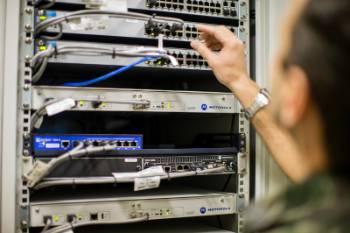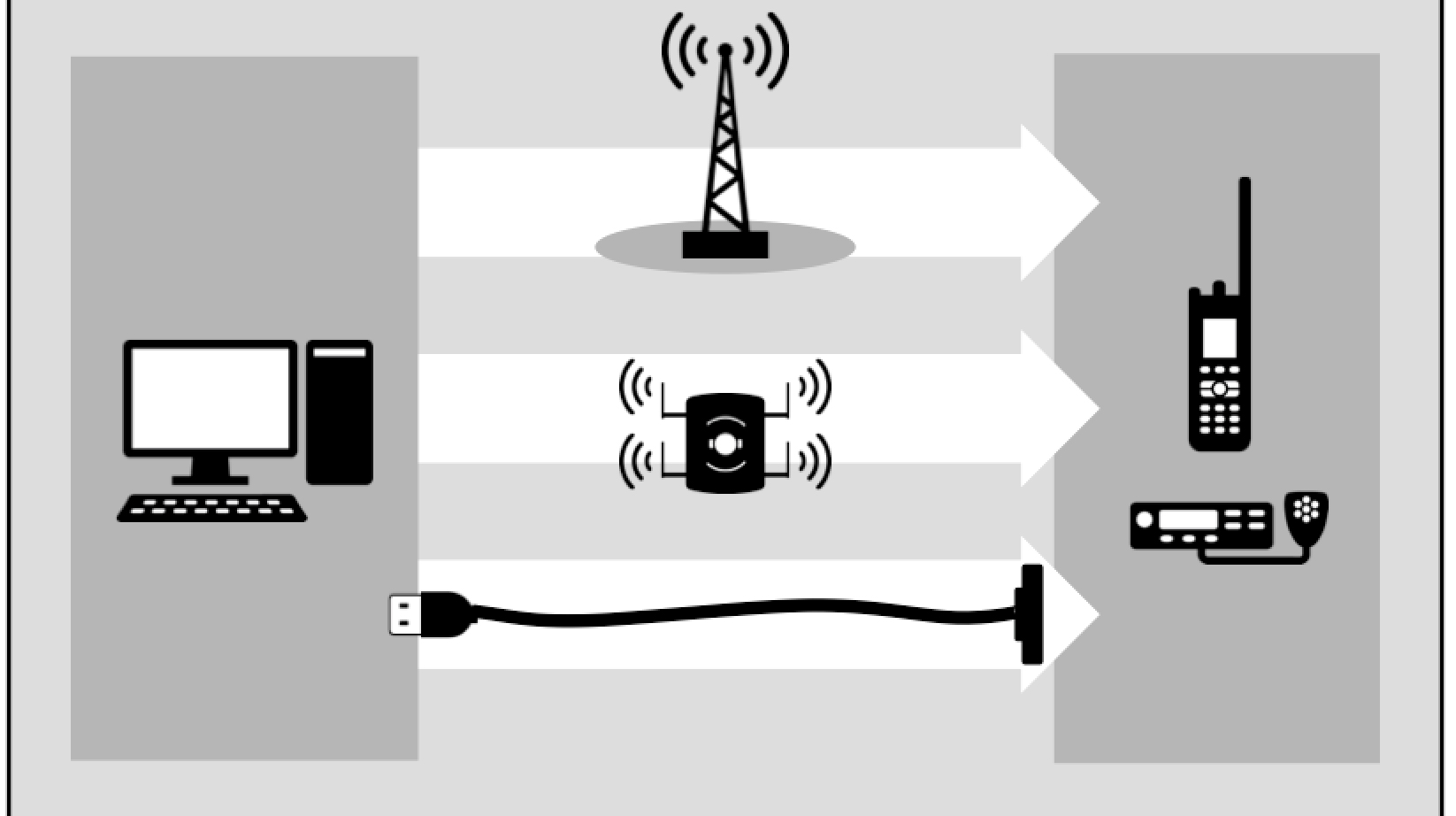Sometimes as investigators we fall into ruts without even knowing it. We know the systems that we are familiar with, we know what has worked for us in the past, and we run through a checklist, either mentally or on paper – basically saying, “we’ve always done it this way”. However, the incidents, people and places we investigate are never ending and ever changing. Isn’t it in our best interest as investigators to keep up with or stay ahead of these changes?
One of the best ways to achieve this is by embracing the use of technology.
License Plate Recognition (LPR) technology is being used by criminal investigators in more novel ways than just recovering stolen vehicles. Adoption of this powerful technology has spread to an estimated two-thirds of large agencies in the United States, according to the National Institute of Justice. This may be due in-part to the fact that regardless of the type of investigation you’re working on, there’s a good chance a vehicle is involved in some way.
Let’s take a look at an investigation from the initial call to the case closure and the multitude of ways LPR technology can be incorporated into your investigative tool belt.
You are notified of an event that requires you to initiate an investigation. The first thing you do is respond to the scene. Historically, as an investigator, you would record all of the license plates in the vicinity of your event by writing them down for possible future use as your investigation proceeds and you gain more information. This would usually result in a handwritten list of plates that would only be as accurate as the person writing them down, their level of interest in getting them correct, as well as outside factors (weather, lighting, available tools, manpower priorities, etc.). This handwritten list would then be typed up in an investigative report, if you were lucky.
What if instead, you use LPR technology to eliminate variables that lead to inaccuracy and generate not only a list, but also images and map views of the license plates in the vicinity of your event? With the Vigilant Mobile Companion app you’re able to turn your mobile device into a mini-LPR camera, enabling you to run the video function to collect images and LPR scans for later use.
Now you have completed your initial scene investigation and are back in your office. Information gathered may include license plates, types of vehicles, vehicle make/model/year, or even partial license plates. By using LPR technology you are able to piece together all of these disparate bits of information to then run in any number of combinations, illuminating useful leads for further investigative paths to follow.
With our LPR technology, you can…
- See associated vehicles, whether travelling or parked, along with vehicles parked at a particular location at a designated time of interest to your investigation.
- Compare photographic evidence submitted in your case against images collected by the technology to build an image of your vehicle in a specific moment of time – before or after a timeline event of interest in your investigation.
- Download reports based on these steps for preservation and future use in your case within other technology platforms.
Vigilant PlateSearch, our analytics platform for LPR data, understands that every law enforcement case is different, and allows for different combinations and filters to provide valuable insights and leads. For example, in the event that your response and initial investigation don’t yield any vehicle or license plate information, you can even do a plate search without a plate by utilizing geo-zone searches.
You can also search designated geo-zones and compare these geo-zones for any commonality as well as search the same location for multiple dates/times for commonality – generating investigative leads. If your case is a long term investigation you can save and amend these searches as you proceed through your investigation.
Once you have completed all of your searches and inquiries and have generated a known vehicle or vehicle of interest, you can set up alerts for yourself, your investigative team, or your whole agency to trigger enforcement or notifications, such as a BOLO (be on the look-out) or arrest information. LPR technology helps identify the locations and number of detections of these vehicles, enabling you to know where and when to most likely find these vehicles before approaching them in the safest and most efficient manner possible.
From call to case closure, embracing technology enables you to keep up with change and avoid falling into an investigative rut. Do not limit your idea of LPR technology to just running a plate or alerts in a patrol car. There is a wealth of investigative information contained in the data collected and distributed by the use of LPR technology. This data can be a treasure trove of information and you should embrace its use and be fearless in the implementation of it in your cases, as your imagination is the only limit on your use of the technology to conduct successful investigations.




